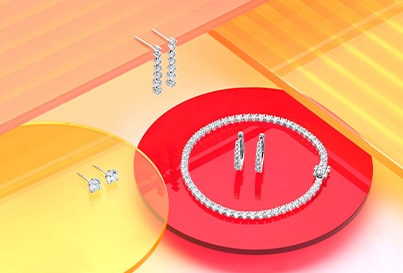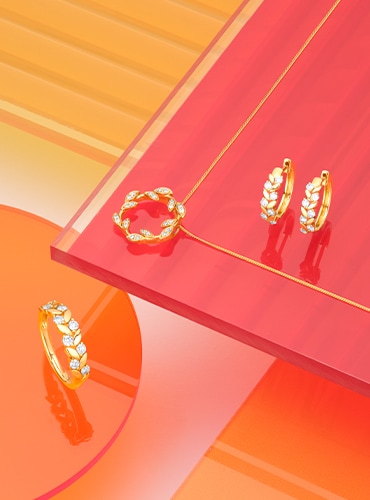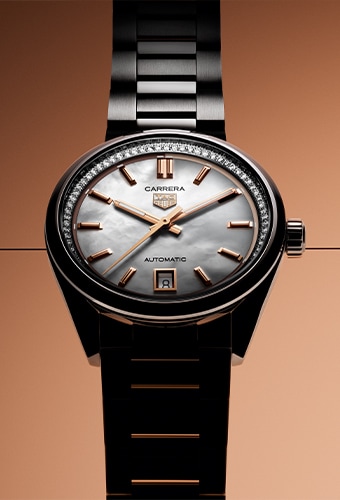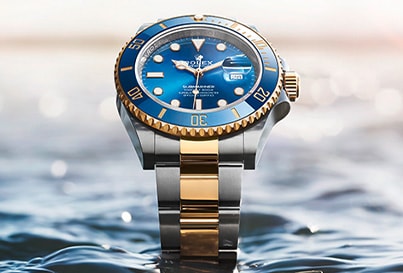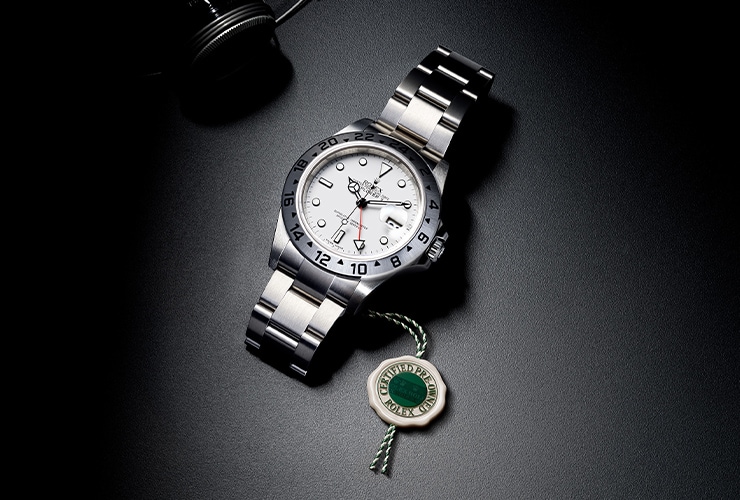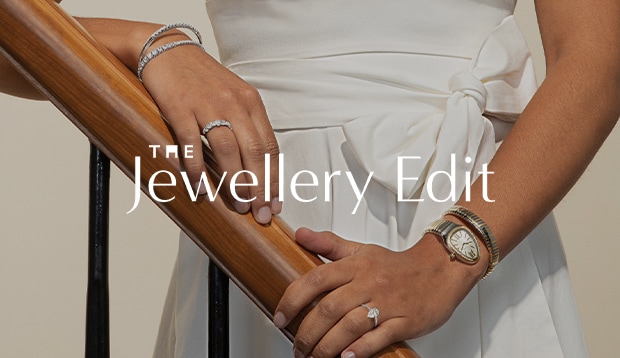-
Diamonds
By Category
-
Engagement
By Category
-
Weddings
Featured
- Jewellery
By CategoryBy Metal TypeBy GemstoneBy BrandBy Edit- Watches
By CategoryBy CollectionBy Luxury BrandBy Designer Brand- Rolex
FeaturedBy Collection- Rolex Certified Pre-Owned
- Brands
FeaturedBrands A-Z- Gifts
By CategoryBy PriceBy Popular Brand- Pre-Owned
- Sale
Sale JewelleryBy Price- Sell Your Watch
Sell your watchWe will expertly assess your watch and offer you
a competitive and accurate valuation for the
watch you wish to sell to us.Free Instant Valuation
Drop off at any Showroom
Unrivalled Knowledge & Expertise- Editorial
- Jewellery
- Shop by Category
- Diamonds
- Engagement Rings
- Weddings
-
Jewellery
- Back
- Jewellery Offers
- Shop All Jewellery
- Jewellery Home
- By Category
- By Metal Type
- By Gemstone
-
By Brand
- 886 by The Royal Mint
- Amor
- Bijoux Birks
- BOSS
- Calvin Klein
- Chopard
- Emporio Armani
- Fabergé
- FOPE
- FRED
- Georg Jensen
- Goldsmiths
- Gucci
- Jenny Packham
- Kiki McDonough
- Lauren By Ralph Lauren
- Mappin & Webb
- Marco Bicego
- MARIA TASH
- Messika
- Michael Kors
- Olivia Burton
- Pasquale Bruni
- Pomellato
- Repossi
- Roberto Coin
- Skagen
- Susan Caplan
- SUZANNE KALAN
- SWAROVSKI
- Ted Baker
- THOMAS SABO
- Tommy Hilfiger
- By Edit
-
Watches
- Back
- Watch Offers
- Shop All Watches
- Watches Home
- By Category
- By Collection
-
By Luxury Brand
- Rolex
- Rolex Certified Pre-Owned
- BALL
- Bamford
- Baume & Mercier
- Bell & Ross
- Breitling
- Bremont
- Cartier
- CHANEL
- Chopard
- DOXA
- Frederique Constant
- Girard-Perregaux
- Glashütte Original
- Grand Seiko
- Gucci
- Hublot
- ID Genève
- IWC Schaffhausen
- Jaeger-LeCoultre
- Junghans
- Longines
- MeisterSinger
- Montblanc
- Nivada Grenchen
- NOMOS Glashütte
- NORQAIN
- OMEGA
- Oris
- Panerai
- Piaget
- Rado
- RAYMOND WEIL
- TAG Heuer
- TUDOR
- Ulysse Nardin
- ZENITH
- By Designer Brand
- Rolex
- Rolex Certified Pre-Owned
-
Brands
- Back
- View All Brands
-
A-Z
- Rolex Watches
- Rolex Certified Pre-Owned
- 886 by The Royal Mint
- Accurist
- Amor
- Arnold & Son
- BALL
- Bamford
- Baume & Mercier
- Bell & Ross
- Bijoux Birks
- BOSS
- Breitling
- Bremont
- BVLGARI
- Calvin Klein
- Cartier
- Certina
- CHANEL
- Chopard
- Citizen
- DOXA
- Elliot Brown
- Emporio Armani
- Encelade 1789
- Fabergé
- Fendi
- FOPE
- FRED
- Frederique Constant
- Garmin
- Georg Jensen
- Gerald Charles
- Girard-Perregaux
- Glashütte Original
- Goldsmiths
- Grand Seiko
- Gucci
- Hamilton
- Hublot
- ID Genève
- IKEPOD
- IWC Schaffhausen
- Jacob & Co
- Jaeger-LeCoultre
- Jenny Packham
- Junghans
- Kiki McDonough
- Lauren By Ralph Lauren
- Longines
- Mappin & Webb
- Marco Bicego
- MARIA TASH
- Maurice Lacroix
- Michael Kors
- Messika
- Mondaine
- Montblanc
- Nivada Grenchen
- NOMOS Glashütte
- NORQAIN
- Olivia Burton
- OMEGA
- Oris
- Panerai
- Parmigiani Fleurier
- Pasquale Bruni
- Piaget
- Pomellato
- QLOCKTWO
- Rado
- RAYMOND WEIL
- Repossi
- Roberto Coin
- Rolex
- Rolex Certified Pre-Owned
- Seiko
- Skagen
- Susan Caplan
- SUZANNE KALAN
- SWAROVSKI
- TAG Heuer
- Ted Baker
- THOMAS SABO
- Tissot
- Tommy Hilfiger
- TUDOR
- Ulysse Nardin
- Vivienne Westwood
- William Wood Watches
- WOLF
- ZENITH
- Gifts
-
Pre-Owned
- Back
- Shop All Pre-Owned
- Pre-Owned Home
- By Category
-
By Brand
- Rolex Certified Pre-Owned
- Pre-Owned Patek Philippe
- Pre-Owned TAG Heuer
- Pre-Owned Cartier
- Pre-Owned Jaeger-LeCoultre
- Pre-Owned Breitling
- Pre-Owned OMEGA
- Pre-Owned Longines
- Pre-Owned Tudor
- Pre-Owned IWC
- Pre-Owned Panerai
- Pre-Owned Blancpain
- Pre-Owned Breguet
- Pre-Owned Chopard
- Pre-Owned Rado
- Pre-Owned Vacheron Constantin
- Pre-Owned Zenith
- SALE
- Sell Your Watch
- Editorial
- My Account
- Wishlist
- Store Finder
- Book an Appointment
- Help & Support
In Conversation With Fabrizio Buonamassa Stigliani, Product Creation Executive Director at BVLGARI

BVLGARI‘s rise from watchmaker to broad spectrum horological colossus with a volume and range that only Cartier comes close to matching has been astonishing. And if a large part of that rise arrived through the simple act of acquiring the GGDR business some 20 years ago, it’s what BVLGARI built on the base of that foundation that really impresses, a story that’s retold in the newly published “Beyond Time” book and amply illustrated in the watch launches that BVLGARI is showing at this year’s Geneva Watch Days.
Beyond Time is the first authorised history of BVLGARI horology and charts a century of watchmaking beginning with jewellery watches in the 1920s but understandably gives greatest prominence to the Octo Finissimo, the multiple record-breaking ultra-slim design that has become the symbol of BVLGARI’s contemporary watchmaking. There’s now a full suite of complication movements, including both a tourbillon and a minute repeater and, with the most important movements all completed, attention has returned to the case material. Alongside the innovative gold finishes, BVLGARI have introduced materials such as titanium and ceramic, a technical offering that will now include carbon-fibre as seen in the new Octo Finissimo CarbonGold Automatic and Octo Finissimo CarbonGold Perpetual Calendar.
What the book doesn’t quite cover is the extraordinary level of trust that BVLGARI places in its teams, something that I discovered catching up with the ever affable and stylish Fabrizio Buonamassa Stigliani, BVLGARI’s design leader (officially he’s Product Creation Executive Director) for watches over much of the last two decades.
Talking about this year’s new Serpenti Misteriosi, Buonamassa said that he raised the idea of a mechanical movement for jewellery watches because, ‘quartz is fine, it’s what everyone uses but I felt that the collectors we gained from Octo Finissimo and our haute horlogerie watches were looking at us more closely and quartz doesn’t match the ambition of jewellery. We couldn’t use Jaeger-LeCoultre’s 101 because it’s the wrong shape for the Serpenti and we wanted better time-keeping than it can deliver.’ (The 101, after all dates back to the 1930’s).
As he was aware, there’s a reason that no-one had designed a new jewellery-watch size movement; the dimensions make a difference to how the materials work whether that’s a less stable balance or a shorter power reserve, but BVLGARI placed the team that produced the Finissimo movements onto the job and Buonamassa had the movement, named the Piccolissimo, that he needed to create a new leaner, sharper Serpenti. And, because the movement slots into the head, it means that he doesn’t have to worry about a mismatch between a head made in Switzerland and a body made in Italy. “Our problem is now deciding where to use the movements we will receive, we have too many possibilities.”
One project that demanded a Piccolissimo movement is the one of the most challenging projects Buonamassa has undertaken, the new Monete Catene Dual Time. Continuing a tradition where BVLGARI create jewellery around ancient coins, this watch features coins that mark the reign of the emperor, Septimus Severus and, almost uniquely, his empress Julia Domna - one of the few empresses to have wielded real power in her own name. The Monete Catene watches are naturally unique pieces as, after so many centuries, no two coins are quite alike.
Find out more about BVLGARI and shop online todaySign Up For Calibre Newsletter
Get a round up of the latest stories from Calibre every month, directly to your inbox.
© 2024 Goldsmiths
Goldsmiths is a trading name of Watches of Switzerland Company Limited. Registered Office: Aurum House, 2 Elland Road, Braunstone, Leicester, LE3 1TT, Registered in England and Wales, Company number 00146087. Registered VAT Number 834 8634 04. Watches of Switzerland Company Limited acts as a broker and not a lender and offers finance from Secure Trust Bank PLC trading as V12 Retail Finance and PayPal UK Ltd, Whittaker House, Whittaker Avenue, Richmond-Upon-Thames, Surrey, United Kingdom, TW9 1EH trading as PayPal Credit. Watches of Switzerland Company Limited is authorised and regulated by the Finance Conduct Authority. Our registration number is 308710. Credit provided is subject to age and status, minimum spend applies. Terms and Conditions apply. UK residents only. We may receive a commission if your application is successful, and the amount may vary depending on the product chosen and the amount of credit taken out. Not all products are regulated by the Financial Conduct Authority and FOS protection will not be extended to unregulated agreements. Please note the Consumer Credit Act states that should your purchase / loan amount cost more than £30,000 you will not be covered under Section 75 of the Consumer Credit Act.
*Next day delivery available on most items. See product pages for more information.
